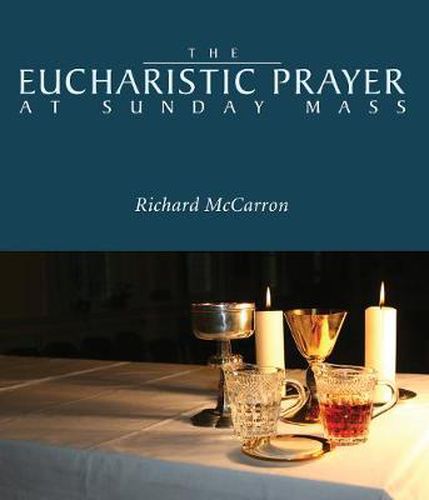Readings Newsletter
Become a Readings Member to make your shopping experience even easier.
Sign in or sign up for free!
You’re not far away from qualifying for FREE standard shipping within Australia
You’ve qualified for FREE standard shipping within Australia
The cart is loading…






Down in the valley, God asked the prophet Ezekiel a mighty question: ‘Mortal, can these dry bones live?’ (Ezekiel 37:3). Today, this question is being posed once more to those who are charged with the preparation and celebration of the Sunday liturgy–the assembly that celebrates, the ministers from within that assembly who prepare and serve, and those ordained as priests or bishops who preside. We have a come a long way since the early days of the conciliar reform of the liturgy: Assemblies respond and sing, the word is proclaimed with dignity and reverence, careful attention is given to environment and season, and all come to the communion table. Many assemblies strive to realize fully week after week the vision of the Council: that the eucharistic liturgy be seen, heard, felt, and smelt as the ‘summit toward which the activity of the church is directed … the source from which all its power flows.’ This is critical work if we are utterly convinced that ‘the preeminent manifestation of the church is present in the full, active participation of all God’s holy people in these liturgical celebrations.’ But many still know liturgical assemblies that are but shadows of who they are called to be and celebrations are slivers of what they could be. Many stand at the brink of the valley and behold dry bones. And when we come to the eucharistic prayer, named the central prayer of the Sunday liturgy, we behold very dry bones indeed. The question is put forth: Can these dry bones live? We have come to realize that liturgy is something people do, something people live. The eucharistic prayer is more than its words: It is a way of praying and living. What lies in the ritual book must be enfleshed when we gather. We come together and breathe life into our rituals and their words. We can do this because we have first been sealed in the Spirit, the one who aids us in our weakness to pray ‘that the very Spirit intercedes with sighs too deep for words’ (Romans 8:26). –from Chapter 1
$9.00 standard shipping within Australia
FREE standard shipping within Australia for orders over $100.00
Express & International shipping calculated at checkout
Down in the valley, God asked the prophet Ezekiel a mighty question: ‘Mortal, can these dry bones live?’ (Ezekiel 37:3). Today, this question is being posed once more to those who are charged with the preparation and celebration of the Sunday liturgy–the assembly that celebrates, the ministers from within that assembly who prepare and serve, and those ordained as priests or bishops who preside. We have a come a long way since the early days of the conciliar reform of the liturgy: Assemblies respond and sing, the word is proclaimed with dignity and reverence, careful attention is given to environment and season, and all come to the communion table. Many assemblies strive to realize fully week after week the vision of the Council: that the eucharistic liturgy be seen, heard, felt, and smelt as the ‘summit toward which the activity of the church is directed … the source from which all its power flows.’ This is critical work if we are utterly convinced that ‘the preeminent manifestation of the church is present in the full, active participation of all God’s holy people in these liturgical celebrations.’ But many still know liturgical assemblies that are but shadows of who they are called to be and celebrations are slivers of what they could be. Many stand at the brink of the valley and behold dry bones. And when we come to the eucharistic prayer, named the central prayer of the Sunday liturgy, we behold very dry bones indeed. The question is put forth: Can these dry bones live? We have come to realize that liturgy is something people do, something people live. The eucharistic prayer is more than its words: It is a way of praying and living. What lies in the ritual book must be enfleshed when we gather. We come together and breathe life into our rituals and their words. We can do this because we have first been sealed in the Spirit, the one who aids us in our weakness to pray ‘that the very Spirit intercedes with sighs too deep for words’ (Romans 8:26). –from Chapter 1